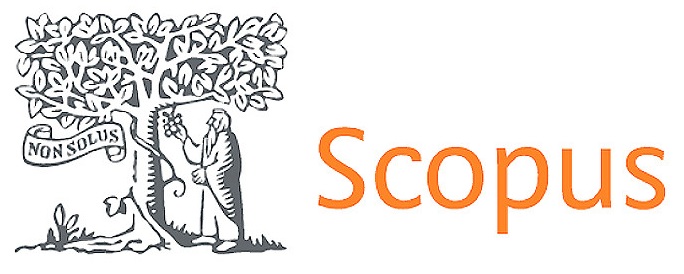The Use of Technology Augmented Reality in Engineering Education: A Bibliometric Review
DOI:
https://doi.org/10.56294/mw2025827Keywords:
Augmented Reality, Engineering Education, Bibliometric Analysis, PRISMAAbstract
Augmented Reality (AR) is a transformative technology within the context of Education 4.0, offering immersive and interactive learning experiences that enhance the visualization of complex engineering concepts. This study aims to conduct a bibliometric analysis of research on the application of AR in engineering education from 2021 to 2025, using Scopus-indexed journal articles as the data source. Data were collected through a targeted search strategy using the keywords “Augmented Reality” and “Engineering Education,” limited to English-language journal articles in the engineering field that were in their final publication stage. The selection process followed the PRISMA flow, resulting in 57 relevant studies from an initial pool of 326 articles. The analysis included publication trends, source journals, keyword co-occurrence mapping, most-cited articles, and international collaboration networks. The results show a steady increase in publications, peaking in 2023, with the most significant contributions coming from China, Germany, and the United States, along with growing participation from developing countries. Keyword mapping revealed three major thematic clusters: AR and VR technology development, AI integration for adaptive learning, and simulation-based technical training. Identified challenges include hardware limitations, gaps in curriculum integration, and the need for low-cost and scalable AR solutions. These findings underscore the importance of strategic research directions that integrate both technical and pedagogical perspectives to optimize the impact of AR in engineering education globally.
Downloads
Published
Issue
Section
License
Copyright (c) 2025 Army Trilidia Devega, Ambiyar, Novi Hendri Adi, John Friadi, Sumardin, Selly Ratna Sari (Author)

This work is licensed under a Creative Commons Attribution 4.0 International License.
The article is distributed under the Creative Commons Attribution 4.0 License. Unless otherwise stated, associated published material is distributed under the same licence.






